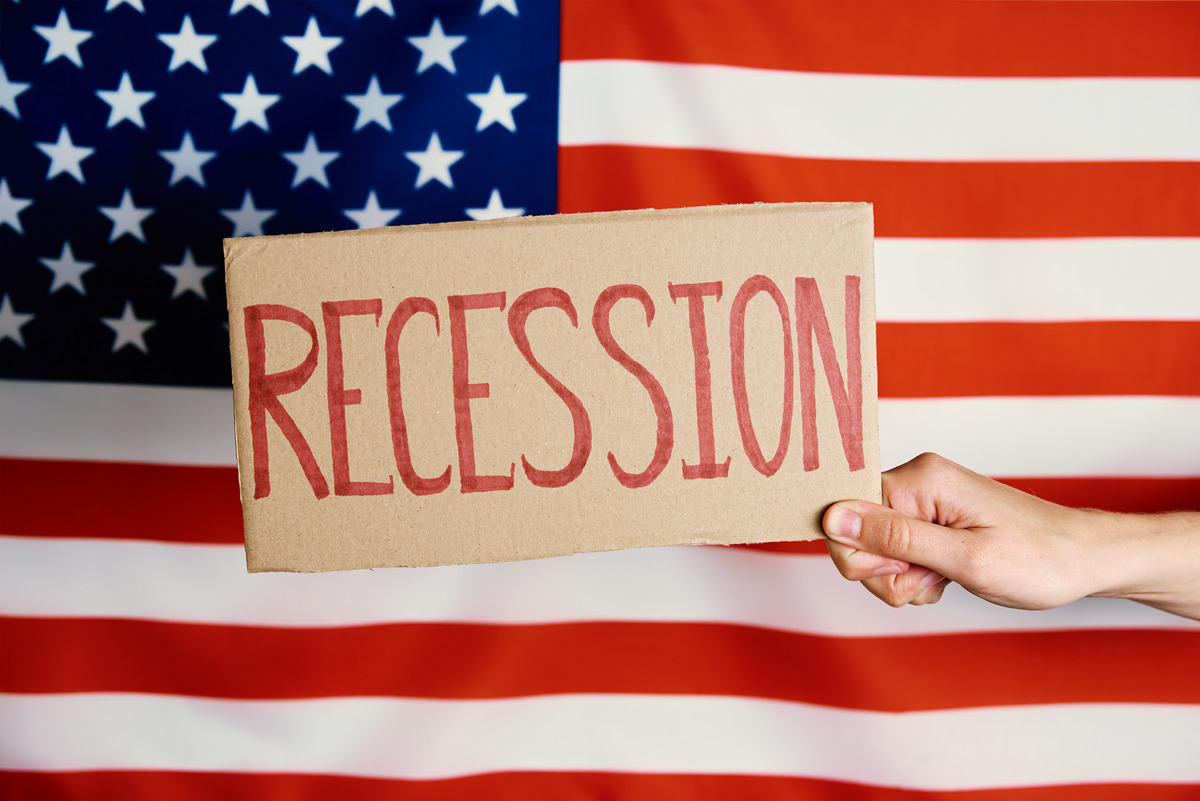Economic recessions have a profound impact on mortgage rates, often serving as a barometer of broader financial health. Over decades, these downturns—marked by declining GDP, rising unemployment, and reduced consumer spending—have triggered shifts in monetary policy that ripple through the housing market. From the stagflation of the 1970s to the COVID-19 crisis of 2020, history shows a pattern: recessions typically push mortgage rates lower as central banks intervene, though the lead-up and aftermath can tell a different story. This article explores how recessions have influenced mortgage rates over time, offering lessons for understanding today’s 2025 market, where rates sit at 6.65%.
The Mechanics of Recessions and Mortgage Rates
Mortgage rates don’t exist in a vacuum—they’re tied to the economy through Treasury yields and Federal Reserve actions. During recessions, the Fed often slashes the federal funds rate to stimulate borrowing and spending, lowering yields on 10-year Treasuries, which mortgage rates closely track. However, pre-recession inflation or post-recession recovery can spike rates, creating a complex timeline. Let’s dive into key historical examples to see this dynamic in action.
The 1970s Stagflation and Early 1980s Recession
The Context
The late 1970s saw stagflation—high inflation and stagnant growth—fueled by oil shocks. By 1980, inflation hit 13.5%, prompting the Fed to raise rates aggressively. The result? A recession from 1980–1982.
Mortgage Rate Impact
Pre-recession, 30-year fixed rates climbed from 10.5% in 1978 to a peak of 18.63% in October 1981. During the recession, rates began falling as the Fed eased policy, dropping to 13.24% by 1983. The high rates choked housing demand, but the decline signaled recovery.
Lesson
Inflation before a recession can inflate rates dramatically, while relief comes only after the downturn hits.
The Early 1990s Recession
The Context
The 1990–1991 recession stemmed from tight monetary policy to curb 1980s inflation, plus the Savings and Loan crisis. Unemployment rose to 7.8%, and GDP shrank.
Mortgage Rate Impact
Rates hovered around 10% in 1989–1990, then fell to 9.25% by 1991 as the Fed cut rates from 8% to 4%. Post-recession, they dipped further to 7.5% by 1993, boosting housing recovery.
Lesson
Recessions moderate rates from pre-downturn highs, aiding affordability as the economy stabilizes.
The Great Recession (2007–2009)
The Context
The 2008 financial crisis, triggered by a housing bubble collapse, saw GDP drop 4.3% and unemployment peak at 10%. The Fed slashed rates to near zero, and quantitative easing flooded markets with liquidity.
Mortgage Rate Impact
Rates were 6.34% in 2007, dropping to 5.04% by 2009 as the Fed intervened. Post-recession, they hit 4.17% in 2011, reflecting prolonged stimulus. The housing crash itself kept rates low, as demand cratered.
Lesson
Severe recessions tied to housing can drive rates lower for longer, supporting recovery but not always reviving demand quickly.
The COVID-19 Recession (2020)
The Context
The brief but sharp 2020 recession saw GDP plunge 31% annualized in Q2, driven by pandemic lockdowns. The Fed cut rates to 0–0.25% and bought mortgage-backed securities.
Mortgage Rate Impact
Rates fell from 3.74% in 2019 to a record low of 2.65% in January 2021. Unlike prior recessions, the drop was swift, reflecting immediate Fed action. Rates rose later, hitting 5.34% by 2022 as inflation surged.
Lesson
Rapid policy responses can slash rates fast, but post-recession inflation can reverse gains quickly.
2025 in Perspective
Today, April 3, 2025, the 30-year fixed rate is 6.65%, down from 2023’s 6.81% peak but above the 2010s’ 4.1% average. No recession grips the U.S. now, though 2022’s rate spike echoed pre-recession tightening. The Fed’s 2024 rate cuts (from 5.25% to 4.5%) aim to balance inflation without tipping into downturn. Compared to history, 6.65% is moderate—far from 1981’s 18.63% or 2021’s 2.65%.
What Drives These Patterns?
Inflation and Fed Policy
Pre-recession inflation (1970s, 2022) pushes rates up; recessionary easing (1991, 2009, 2020) pulls them down. The Fed’s dual mandate—price stability and employment—dictates this dance.
Economic Severity
Deeper recessions (2008, 2020) see sharper rate drops; milder ones (1991) less so. Severity amplifies policy responses.
Housing Market Feedback
High rates before recessions (1981) crush demand; low rates during (2020) can spur it, though prices and supply matter too.
Takeaways for Today
In 2025, rates reflect a post-inflation cooldown, not a recessionary plunge. History suggests:
- Prepare for Volatility: Rates can swing before and after downturns—lock in when they dip.
- Affordability Varies: Low rates don’t guarantee cheap homes if prices soar (2021).
- Context is Key: At 6.65%, 2025 isn’t a crisis but isn’t a bargain either.
Conclusion
Recessions have historically lowered mortgage rates, from the 1980s’ inflation-driven peak to 2020’s pandemic trough. Each downturn reveals the Fed’s power to shape borrowing costs, tempered by inflation and recovery dynamics. In 2025, with no recession in sight, 6.65% feels high but aligns with long-term norms. Understanding these patterns equips you to navigate today’s market—whether buying, selling, or refinancing—with a sharper eye on what history can teach us.
